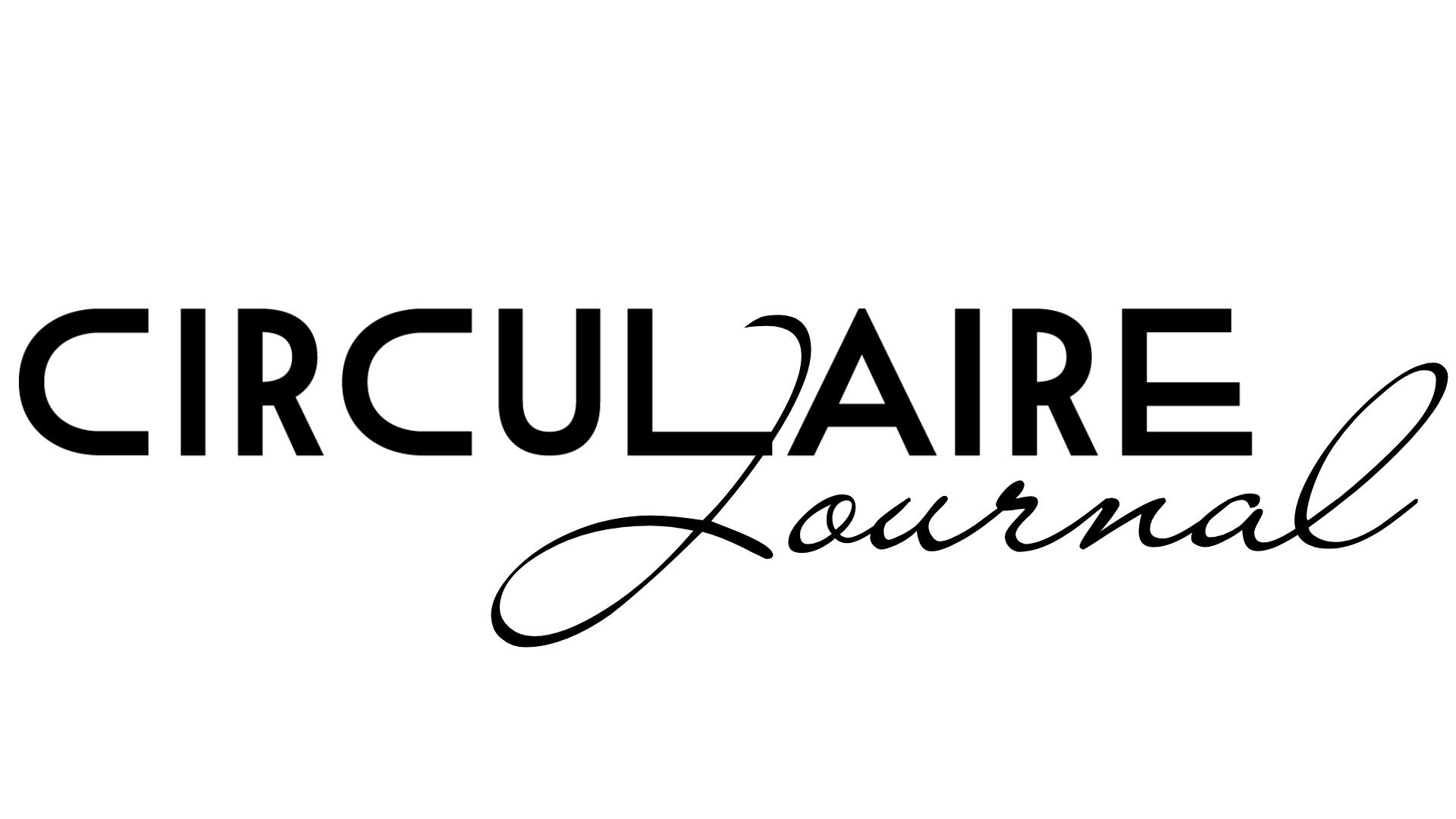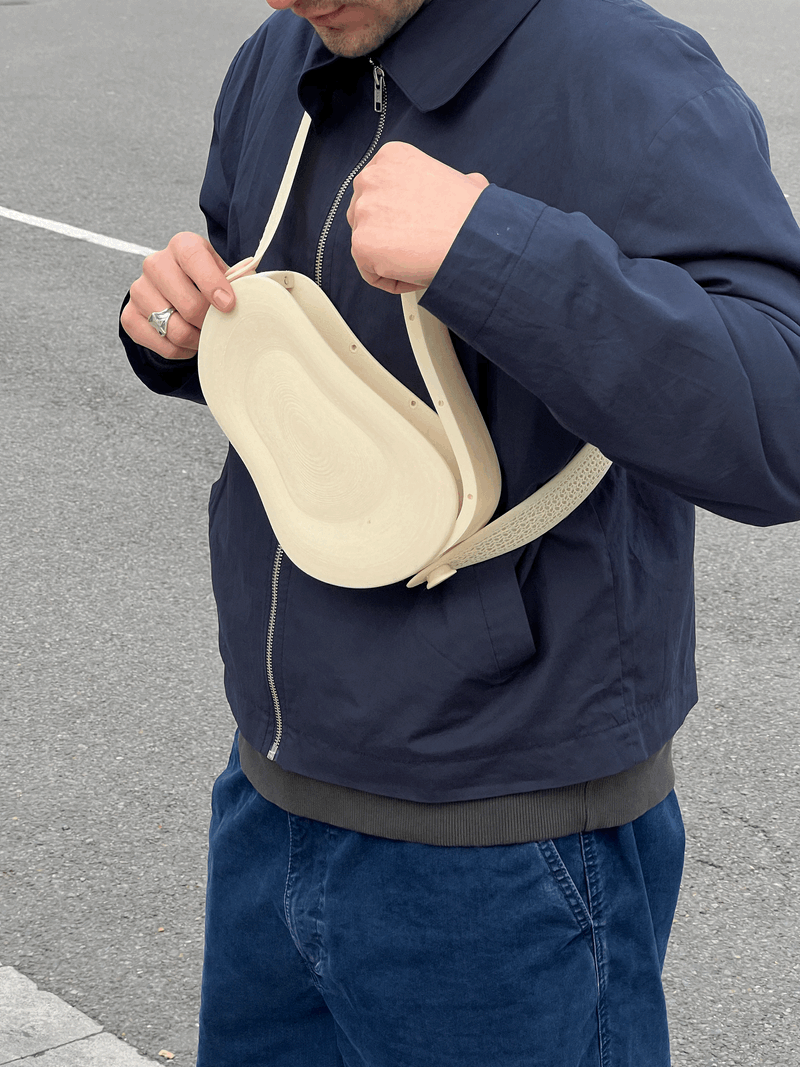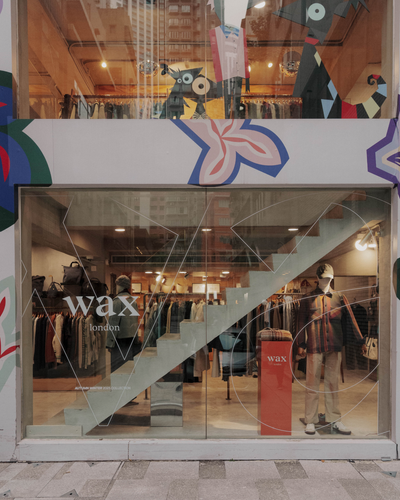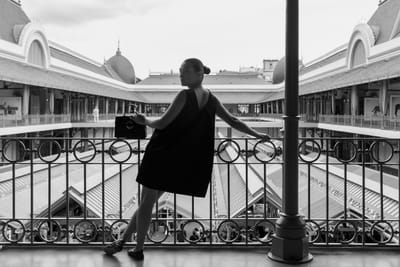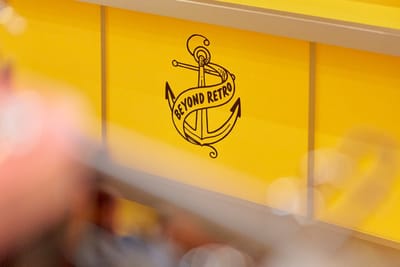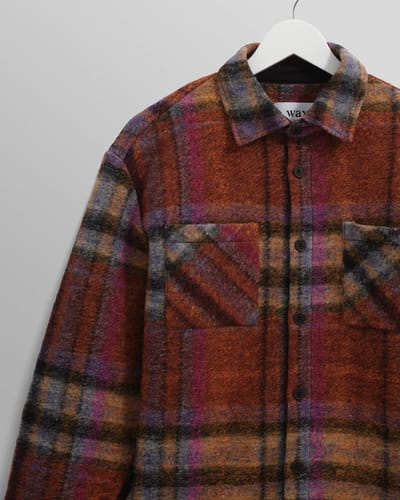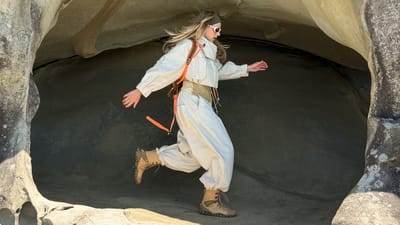The ORRA Bag merges art, technology, and sustainability in a revolutionary accessory. Made using Balena’s innovative BioCir® Flex3D material, this 3D-printed bag embodies the fusion of nature-inspired design and forward-thinking technology.
David Roubach, Founder of Balena Science, explains that the ORRA Bag is more than just a fashion statement—it’s a step towards the future of sustainable design. "The ORRA Bag emerged from our collaboration with Ovidiu Bojor, aiming to showcase the potential of advanced technology and sustainable materials," Roubach says. "Our goal has always been to drive innovation in the fashion industry, and the ORRA Bag is a true reflection of Balena’s commitment to sustainability and circularity."
The collaboration with Bojor brings a fresh perspective to the design of the ORRA Bag, integrating his talent for pushing boundaries with Balena’s expertise in material science. "Ovidiu is an incredibly talented designer who shares our vision of sustainability," Roubach notes. "His ability to think outside the box and his deep understanding of natural textures and organic forms helped shape the ORRA Bag into something truly unique. The design is a perfect blend of beauty and function, with a sculptural aesthetic inspired by the natural world."
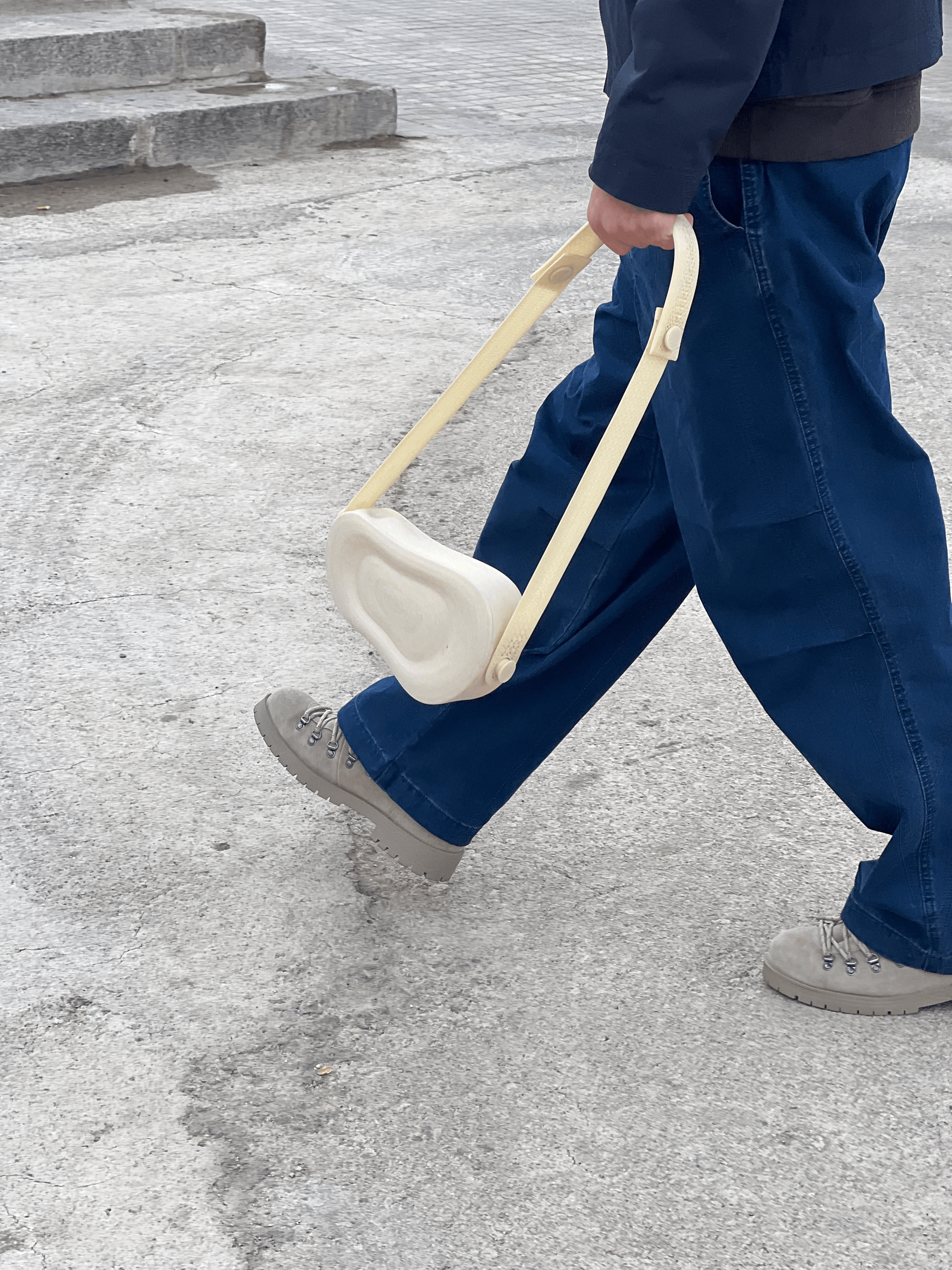
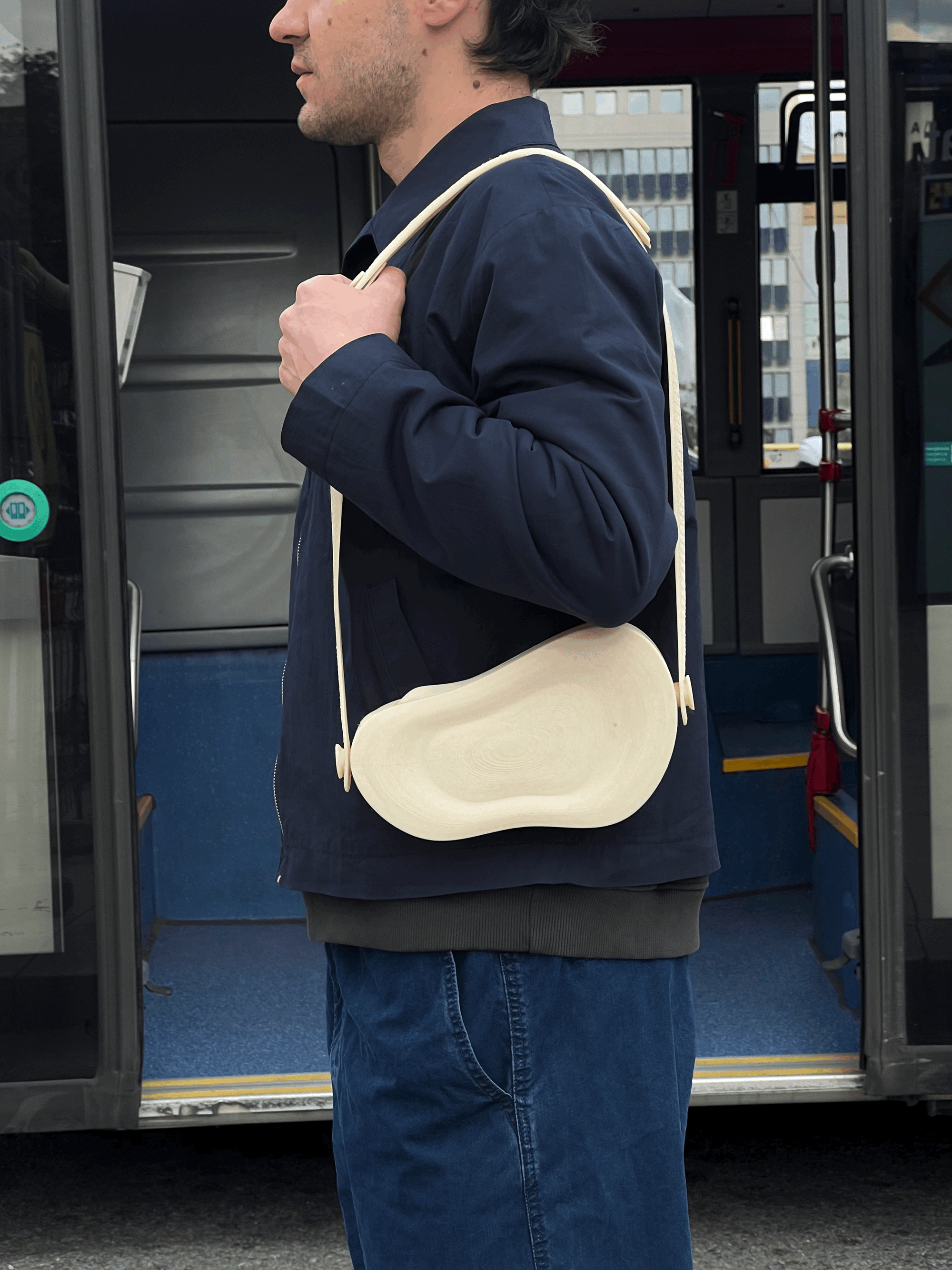
Nature plays a pivotal role in shaping the design of the ORRA Bag. Bojor’s vision for the bag was to create a flowing, organic form that captures the fluidity of natural landscapes. "The bag features smooth, flowing contours, inspired by the shapes we see in the environment, such as the curves of water over stone or the intricate textures of rock formations," says Roubach. "This design philosophy is central to both Bojor’s approach and our material innovation. We want to create products that resonate with nature, that feel like they belong to the earth."
The innovative BioCir® Flex3D material, which forms the heart of the ORRA Bag, is a game-changer in sustainable fashion. "BioCir® Flex3D is uniquely suited for this kind of fashion-forward design," Roubach explains. "Its combination of flexibility, durability, and sustainability makes it perfect for intricate 3D-printed designs.
Made from renewable sources like castor beans and polysaccharides, this material offers the performance of traditional plastics without the environmental impact. It’s a key example of how we can create products that are not only beautiful but also better for the planet."
3D printing technology plays a crucial role in bringing the ORRA Bag to life, demonstrating its potential to revolutionise the fashion industry. "The ORRA Bag proves that 3D printing can create high-quality, functional, and fashionable accessories," Roubach says. "By eliminating waste and reducing the need for fossil-based materials, 3D printing allows us to produce items in a way that is much more sustainable than traditional manufacturing methods. The potential of 3D printing in fashion is immense, and the ORRA Bag is a perfect example of what’s possible."
The ORRA Bag's design challenges the conventional approach to manufacturing. Traditional fashion production often generates significant waste through cutting and assembly, but with 3D printing, the process is more streamlined and sustainable. "With 3D printing, we can create a single-material, complex structure without the need for additional components," says Roubach. "This not only reduces waste but also ensures that the final product is fully recyclable or compostable, which is essential for building a circular economy in fashion."
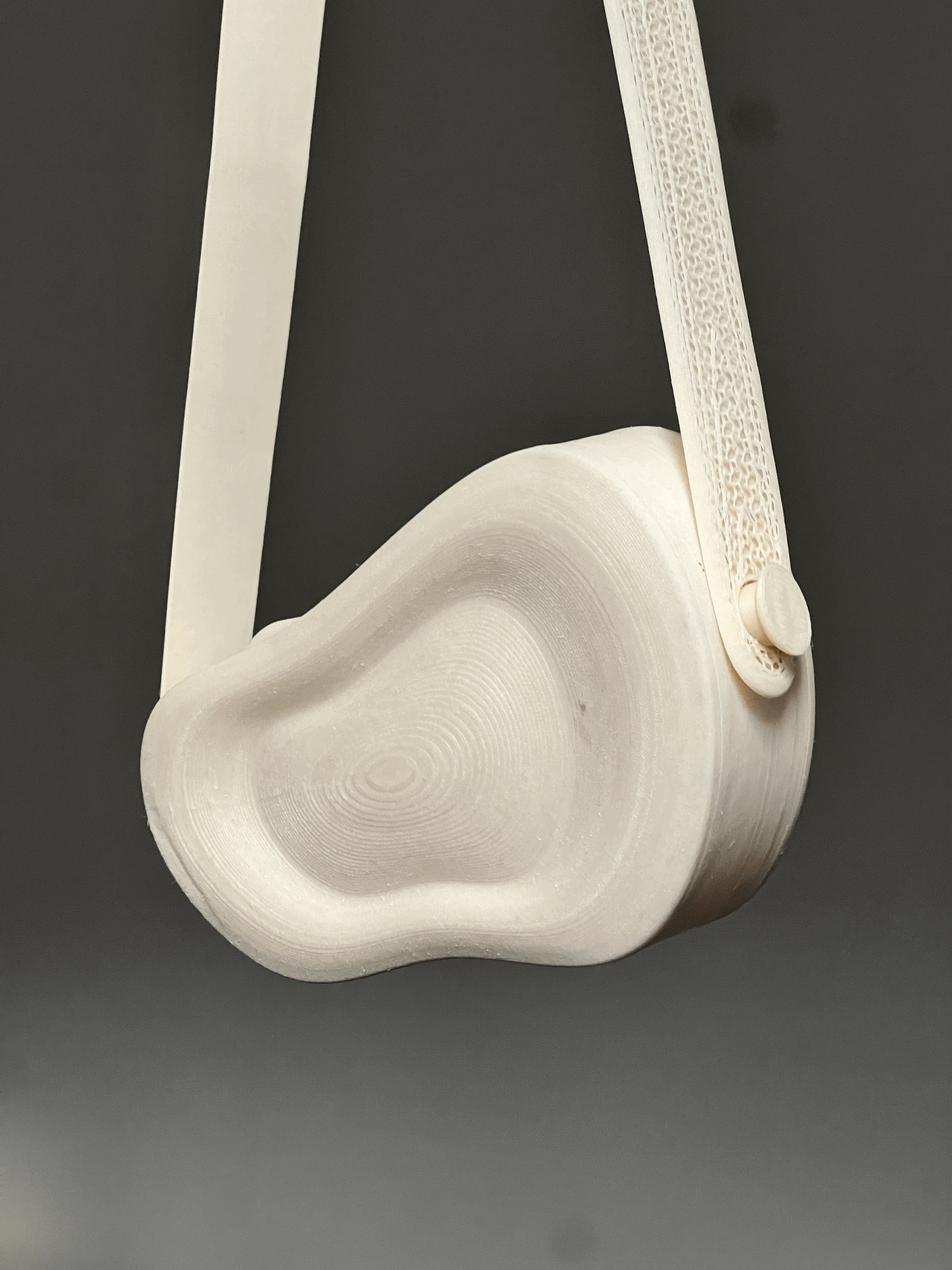
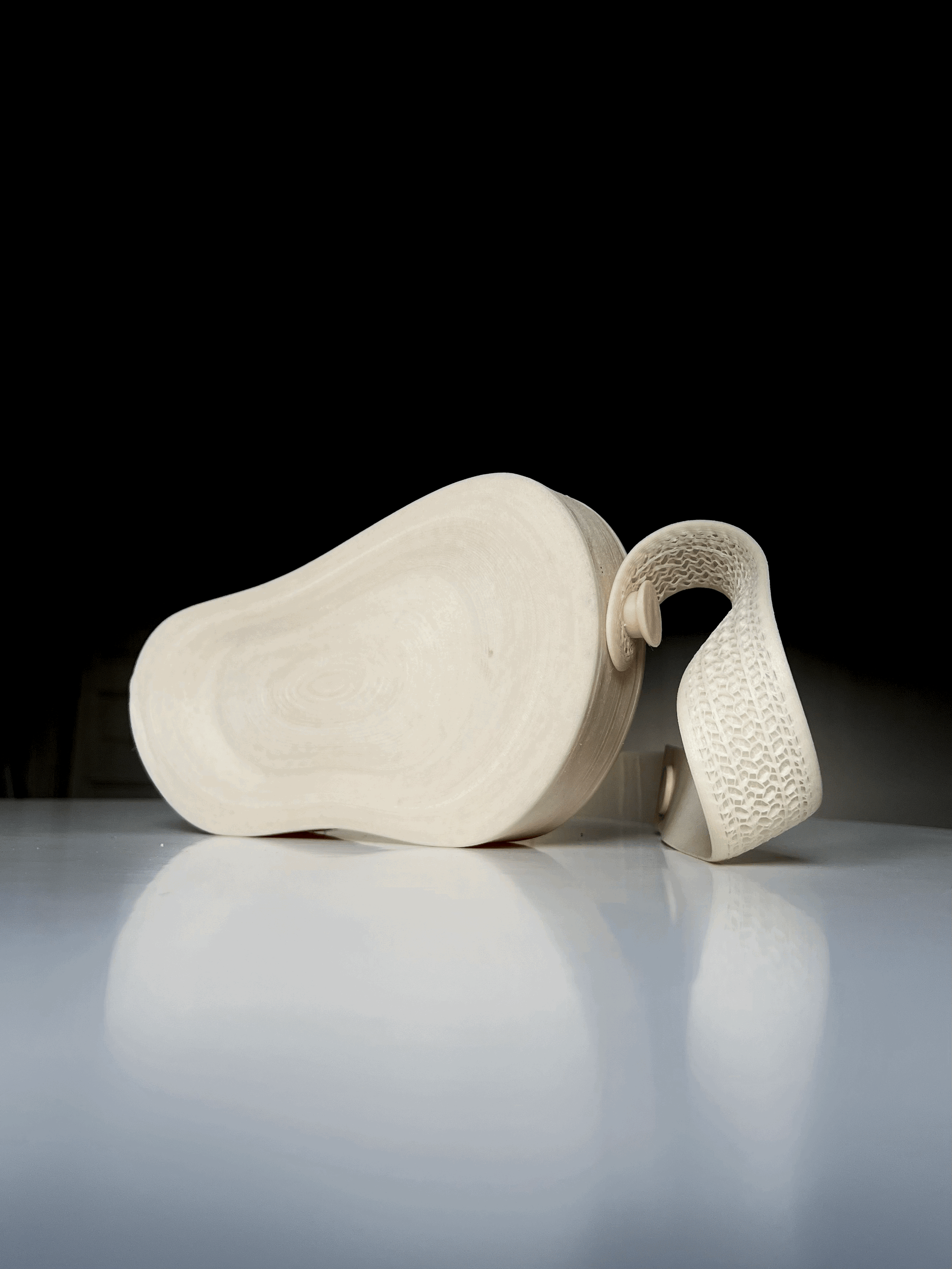
Roubach is optimistic that the ORRA Bag will inspire change across the fashion industry. "Our hope is that the ORRA Bag encourages other designers and manufacturers to reconsider their approach to sustainability," he says. "By embracing on-demand production, biodegradable materials, and innovative design technologies like 3D printing, we can shift the entire industry towards a more circular model, where sustainability and high fashion coexist."
The collaborative process with Bojor was a dynamic one, marked by a shared vision for the future of fashion. "Ovidiu’s concept was bold and exciting—he wanted to create something that felt both fluid and sculptural," Roubach recalls. "Through our work with BioCir® Flex3D, he was able to bring that vision to life, creating a bag that is not only beautiful but also functional and sustainable. The collaboration was a perfect example of how design and technology can work hand-in-hand to produce something truly groundbreaking."
Partnerships like the one with Bojor are key to shaping the future of Balena. "Working with forward-thinking designers like Ovidiu is crucial to our mission," Roubach explains. "These collaborations allow us to demonstrate the potential of our materials in real-world applications and help drive wider adoption of circular, 3D-printed fashion. We’re excited to continue pushing the boundaries of innovation and sustainability with more designers who share our vision."
